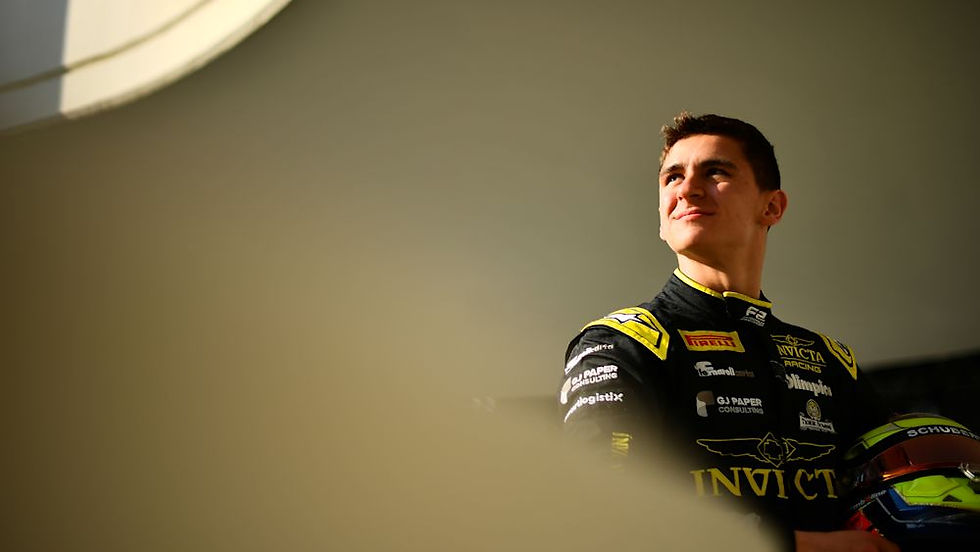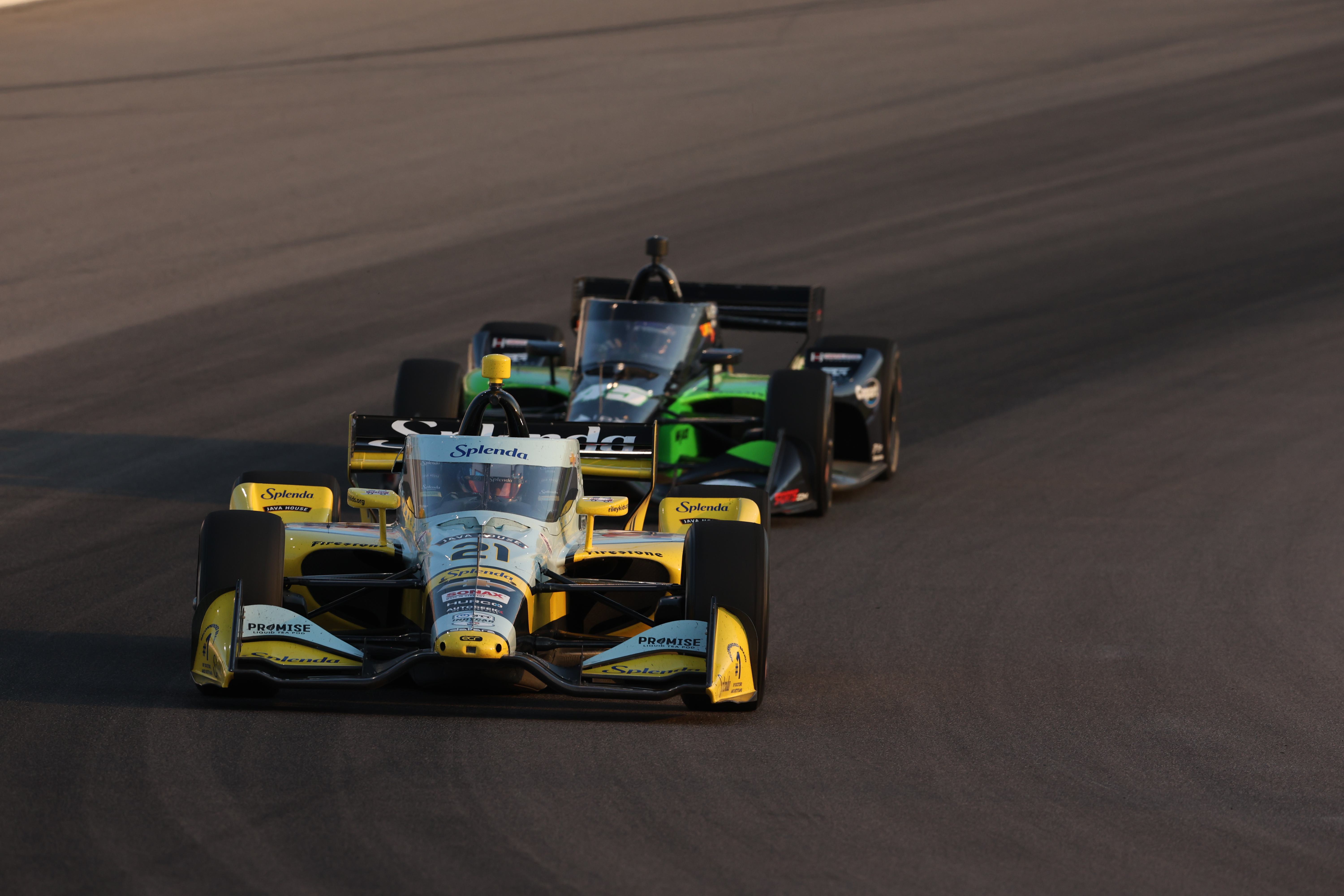Opinion: Is Formula 2 really the best way to judge upcoming talent?
- DIVEBOMB Motorsport
- Jul 25, 2024
- 3 min read
Written by Tarun Suresh, Edited by Vyas Ponnuri
When most fans, and more importantly Formula 1 teams, judge upcoming racing talent, they tend to look at Formula 2. And why wouldn’t they? Formula 2 is the upper echelon of junior formulae. So, what exactly is wrong with using it to judge drivers?
Well, most feeder series like Formula 2 are not spec series, meaning the cars aren’t equal for each team and driver.
While they might have standard chassis and engines, each team has their own team of engineers who modify the car depending on the circuit and whatnot. The closest we got to a spec series was with the W Series which rotated cars and engineers.
Take a look at Ritomo Miyata, for example; he beat Liam Lawson to the Super Formula title in 2023 and was in contention for the win at the 24 Hours of Le Mans in the LMP2 category.
But so far, he has only had one decent weekend in F2, often finishing considerably worse than his teammate. While you could attribute his performance to a variety of factors, the most common one is his lack of prior experience across most road courses the series visits.
Miyata is just one of possibly hundreds of examples of drivers who failed to perform in F2, but succeeded in other series, including F1. Zhou Guanyu wasn’t exactly noteworthy in F2, but has shown his worth in F1 in a little over two years in the sport.
Some drivers performed remarkably well in F2 and fell face down in Formula One, like Nyck de Vries (who was also in contention for the win at Le Mans).
Others may not be doing as well in Formula 2, but may have impressed Formula One teams with their adaptability and skill set, such as 2025 Haas driver Ollie Bearman, who currently sits 14th in the F2 standings for Prema.
Not to mention F2 is considerably more expensive for drivers when compared to series like Indy NXT and Super Formula.
If the FIA and F1 teams were to look at these series with a bit more of an equal eye, more drivers would shine through and get a shot at F1, and who knows, perhaps the next Lewis Hamilton is stuck in Indy NXT and we’ll never know.
A person whose name has been long forgotten said something unforgettable. “Maybe the fastest driver in the world is a farmer driving his tractor in China; we’ll never know.” Not suggesting we put every Chinese farmer in an F1 car and see if someone’s fast enough for the pinnacle of motorsport.
But giving more junior drivers a chance isn’t going to hurt teams and organisers, more so considering how much money they have in the bank, while it might lead to a major landmark in the drivers’ lives, and maybe even the future of F1.

To let talented drivers shine a lot brighter, especially those not in F2, the FIA can value other racing series higher in terms of super license points. Introducing more affordable championships and scholarships for F2 and F3 can make motorsports much more accessible.
Running more tests akin to the young drivers’ test post-season with a larger pool of young names can shine a light on drivers who were not noticed before.
We’ve got more up-and-coming drivers than ever before, many who cannot participate in F2, many who might not be performing well in F2 but have got what it takes to shine in F1, many who cannot afford to even participate in F2 and are hence forced to drive in more cost-effective series, and the FIA and F1 need to make considerable changes to improve the current situation with junior drivers.
And we’ve only got 20 seats in F1; having a few more would also be incredibly beneficial to letting talent shine.












Comments